From Tradition to trends: The evolving fabric of wedding gowns
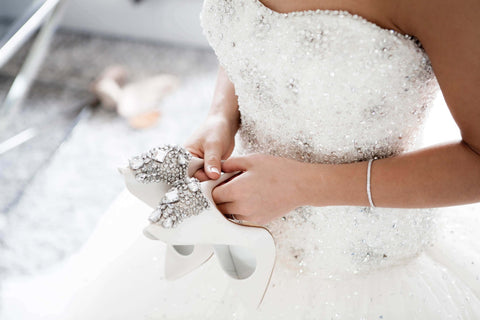
The choice of fabrics for wedding gowns has witnessed a captivating evolution, mirroring shifts in fashion sensibilities, societal influences, and technological advancements. From the classic allure of silk satin to the ethereal grace of chiffon and the timeless romance of lace, the fabric of wedding dresses has expanded to cater to diverse preferences. There are different types of wedding dress fabric that modern brides explore, with sustainable materials and unconventional colors, embracing customizations and intricate embellishments. The evolving fabric for wedding dresses encapsulates a journey from tradition to trend, offering brides a vast spectrum of choices to express their individuality and create unforgettable bridal ensembles for their special day.
The history of different types of fabic for wedding dresses is a fascinating journey through time, reflecting the cultural, social, and fashion trends of each era.
Ancient Times: In ancient civilizations like Greece and Rome, brides typically wore simple robes, often in vibrant colors like yellow or red, symbolizing joy and fertility. Veils were used to ward off evil spirits.
Medieval and Renaissance: During the Middle Ages, modesty prevailed with high necklines and long sleeves. Wealthy brides flaunted luxurious fabrics and embroidery. The Renaissance period saw the emergence of elaborate, corseted gowns with voluminous sleeves.
Victorian Era: Queen Victoria's white wedding dress in 1840 popularized the color for brides. Wedding dresses became intricate, featuring lace, satin, and bustles, symbolizing purity and opulence.
1920s: The Roaring Twenties brought flapper-style dresses, characterized by dropped waists and shorter hemlines. Wedding attire became less formal.
1940s-1950s:The post-war era favored modest, elegant dresses with cinched waists, exemplified by Grace Kelly's iconic gown.
1960s-1970s: Bridal fashion embraced simplicity, with shifts and bohemian styles reflecting the counterculture.
1980s-1990s: Extravagant, voluminous dresses with puffy sleeves and trains mirrored the era's opulence.
2000s-Present: Modern brides embrace diverse styles, from vintage-inspired lace gowns to sleek, minimalist designs. Sustainable and colored dresses have gained popularity.
Today, wedding dresses are a fusion of tradition and personal expression, showcasing the bride's unique style while honoring centuries of bridal history.
Trends and traditions of wedding gowns:
Wedding dresses beautifully blend timeless traditions with evolving trends, and the choice of fabrics plays a significant role in this dynamic. Here's a discussion of different types fabrics for wedding dresses trends and traditions:
Silk Satin: Tradition meets luxury with silk satin, known for its lustrous surface. Brides who opt for silk satin often embrace the classic elegance of a smooth, shiny finish. It's a timeless choice that complements various dress styles.
Lace: Lace embodies romantic tradition, with intricate patterns adding a touch of femininity. Whether used for overlays, sleeves, or entire gowns, lace has enduring appeal. Recent trends see brides favoring vintage lace for a nostalgic touch.
Chiffon: Chiffon exudes lightness and is favored by modern brides for its airy quality. It's perfect for destination weddings and beach ceremonies, providing comfort and a romantic, flowy appearance.
Tulle: Tulle has a fairytale charm, ooften used for voluminous skirts and veils. While maintaining tradition, it lends itself well to contemporary ballgowns and princess-style dresses.
Satin Crepe: A fusion of tradition and modernity, satin crepe offers the best of both worlds. It combines the shine of satin with the subtle texture of crepe, creating a versatile fabric for wedding dress styles.
Organza: Organza adds structure and volume to gowns, making it a favorite for ballgowns and princess-style dresses. It maintains a presence in traditional and modern bridal fashion.
Taffeta: Taffeta, with its crisp finish, was once a staple for ballgowns. While less common today, it still reflects a touch of traditional grandeur.
Modern Blends: Advancements in fabric technology have introduced blends that offer comfort, structure, and aesthetics. These blends cater to contemporary brides seeking innovative options.
In summary, dress fabrics bridge the gap between cherished traditions and evolving trends. Brides can select fabrics that resonate with their style, all while honoring the rich history of bridal fashion. The versatility of these fabrics ensure that wedding dresses continue to be timeless yet adaptable to the ever-changing world of fashion
FAQs
-
How many yards of fabric are required to make a wedding dress?
The amount of fabric needed for a wedding dress varies based on the design and material. Different types of wedding dresses fabric have different requirements. On average, a simple A-line gown might require 4 to 8 yards (3.7 to 7.3 meters), while more elaborate or voluminous designs can exceed 10 yards (9.1 meters). Consultation with a designer is crucial to determine the exact yardage.
-
What fabric of wedding dresses made of?
Wedding dresses can be made from a variety of fabrics, including silk satin for a classic and luxurious look, lace for timeless romance, chiffon for an airy feel, tulle for a fairytale effect, and more. The choice of fabric for wedding dresses influences the dress's appearance, comfort, and overall style.

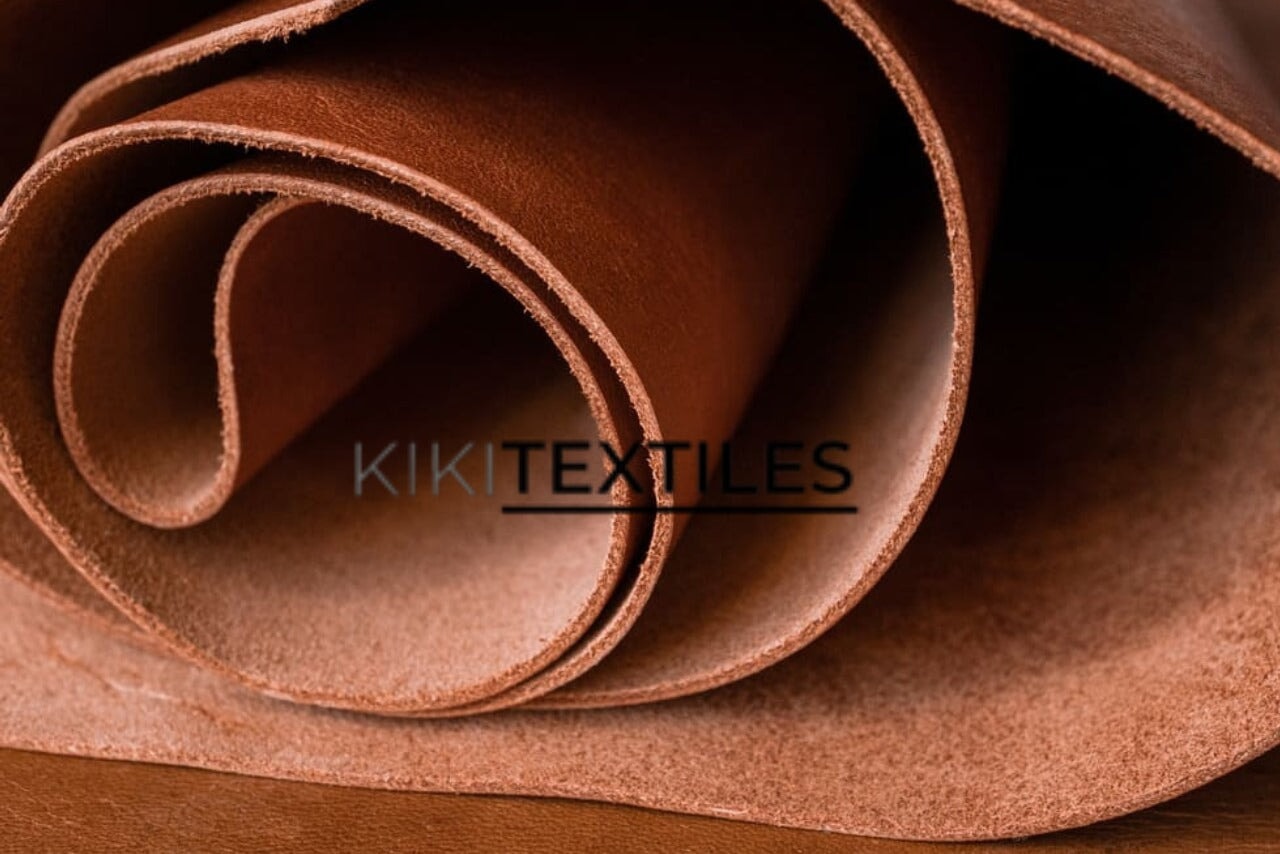
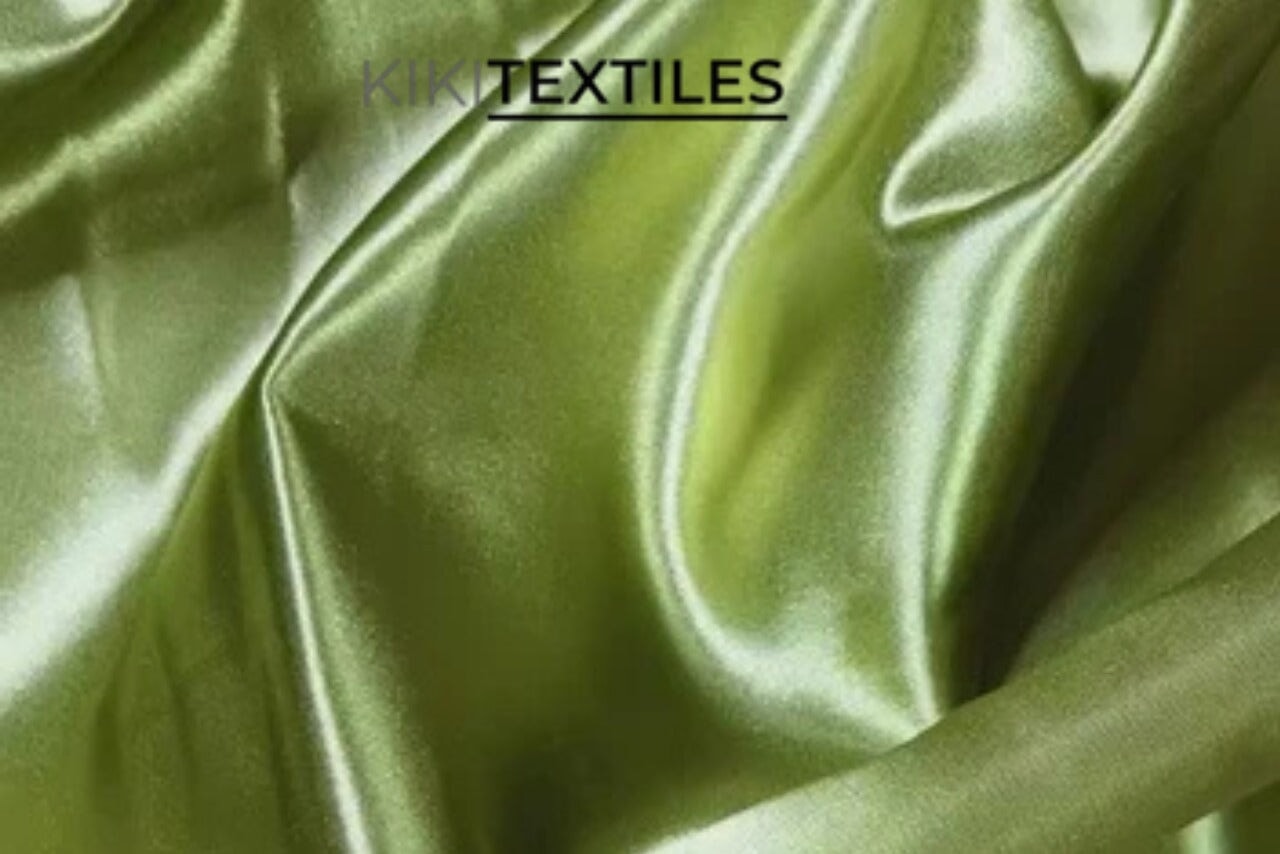
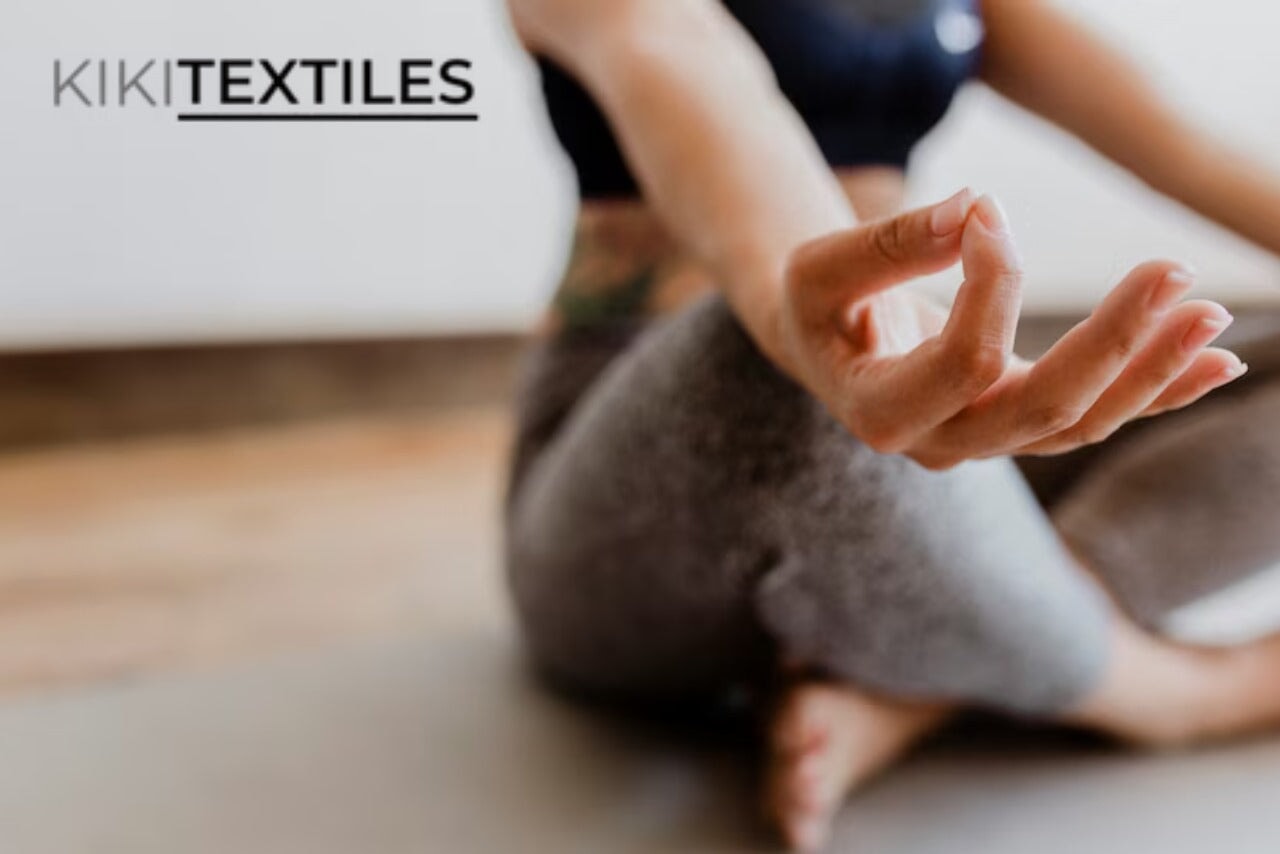
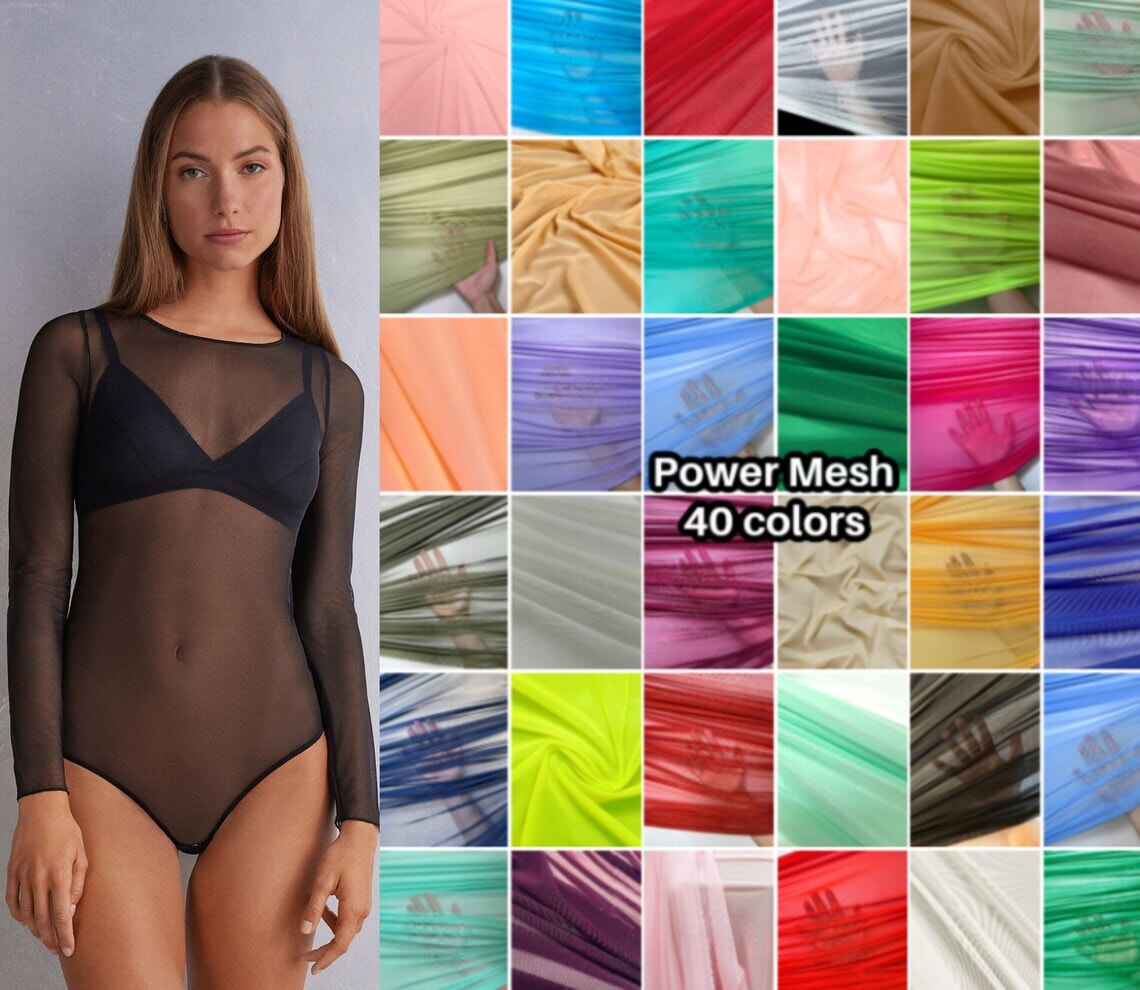
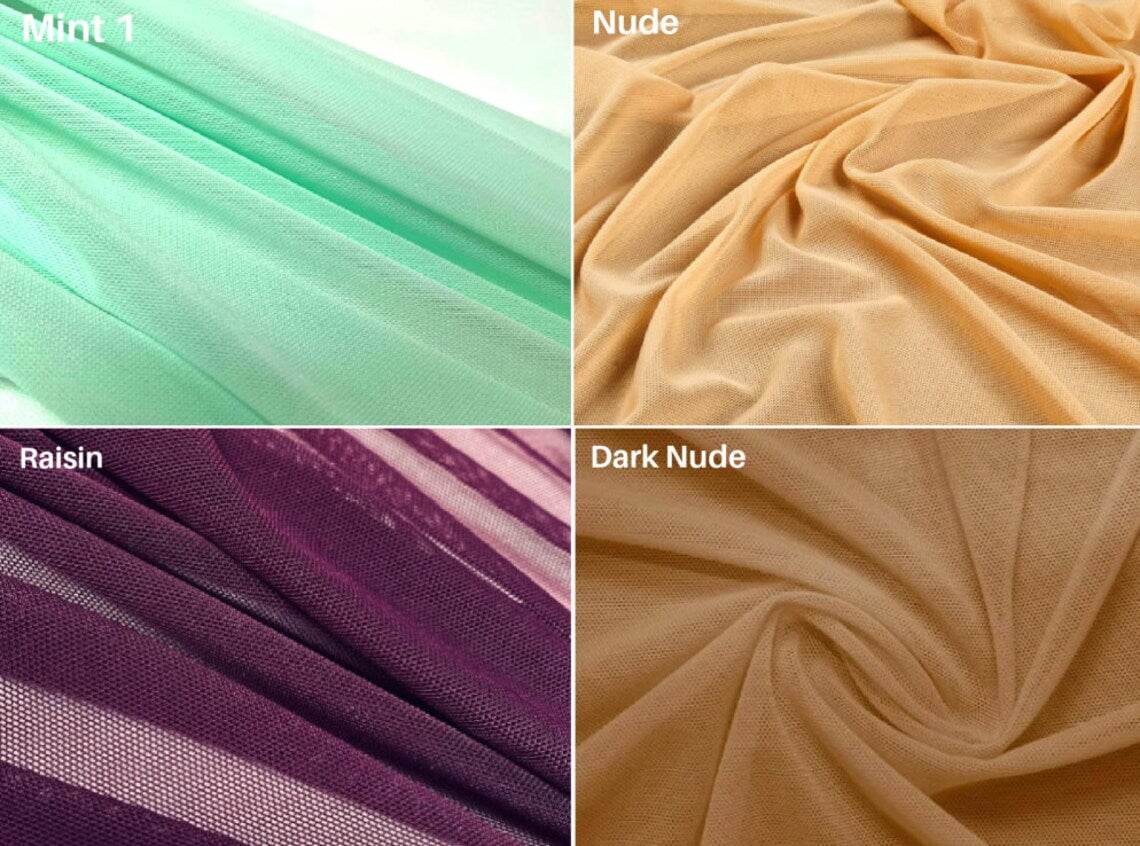
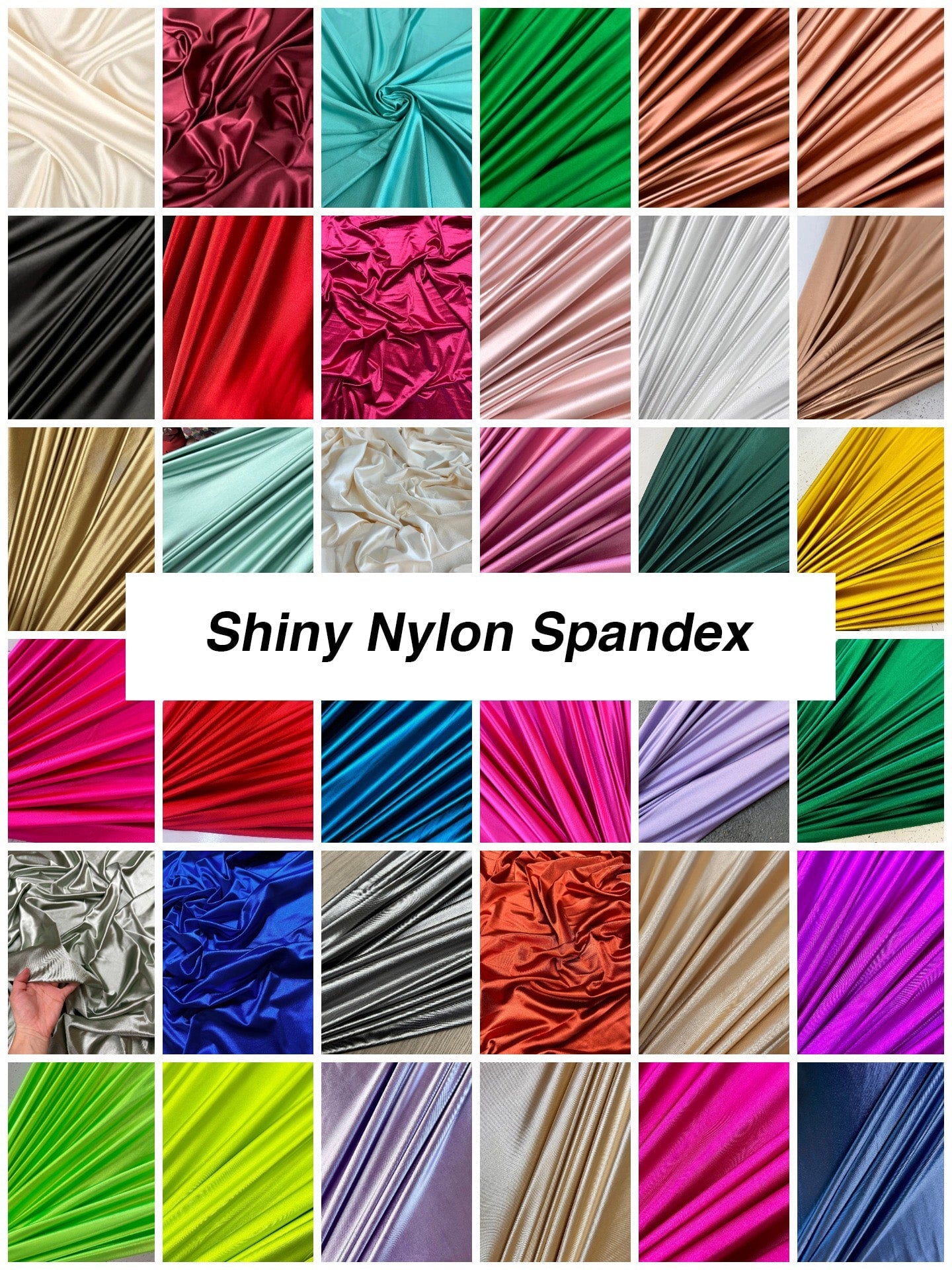
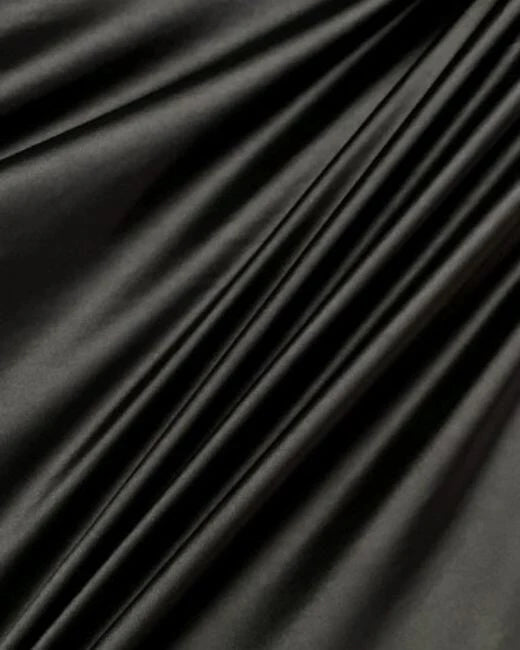
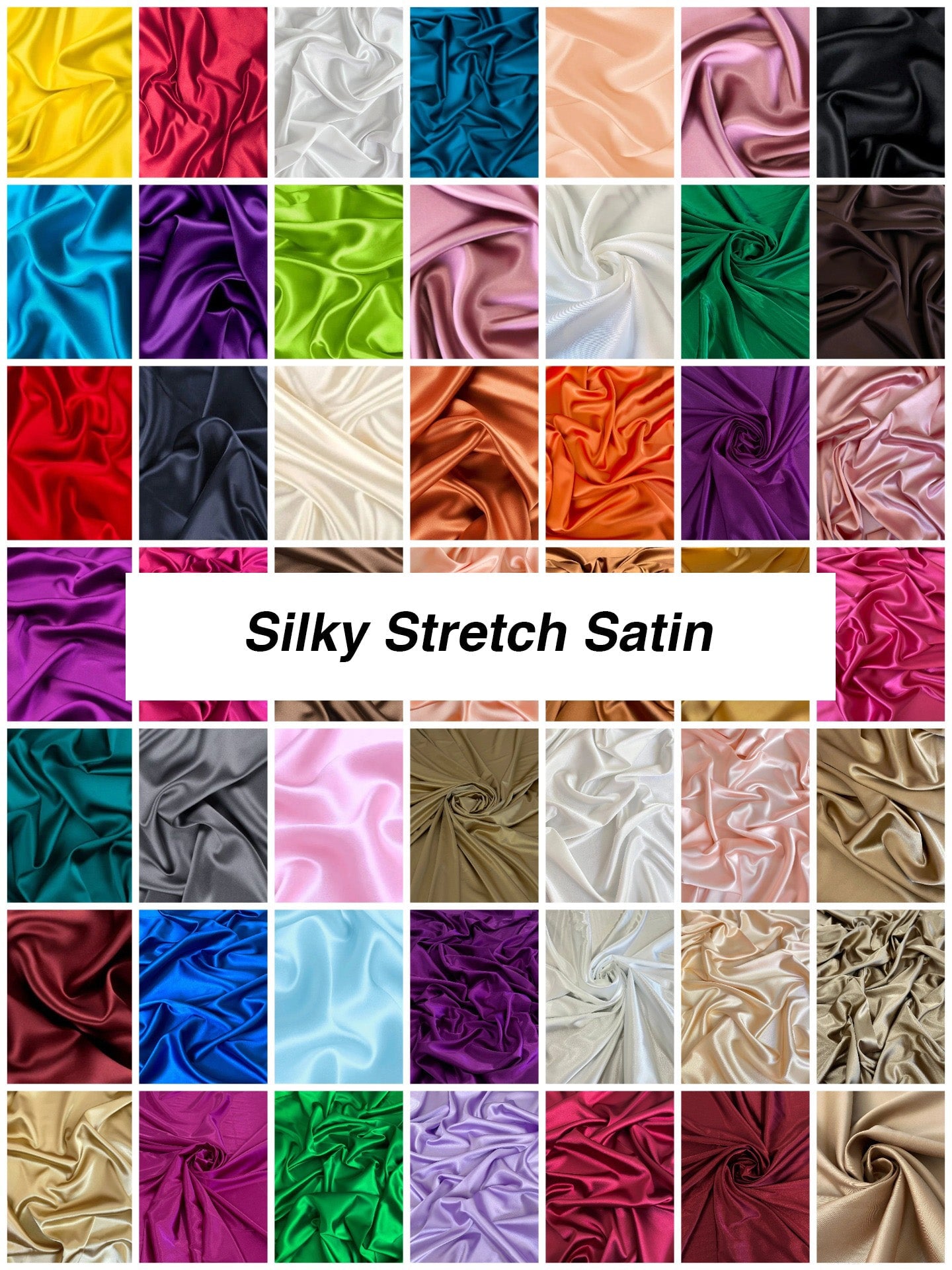
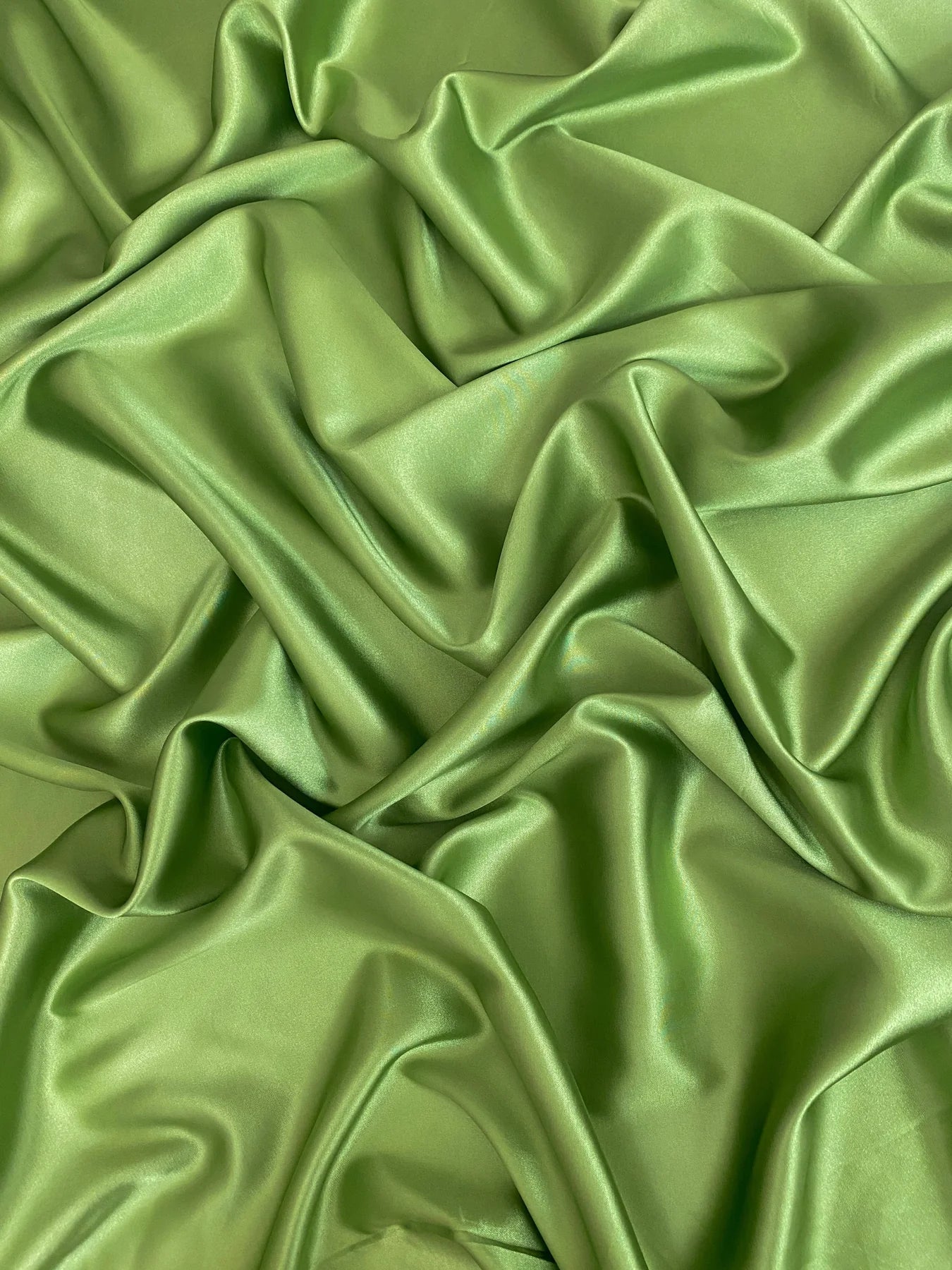
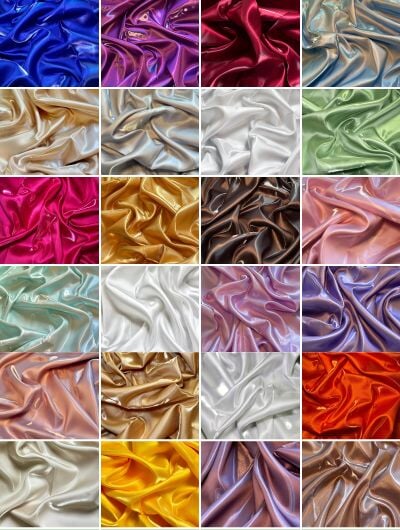
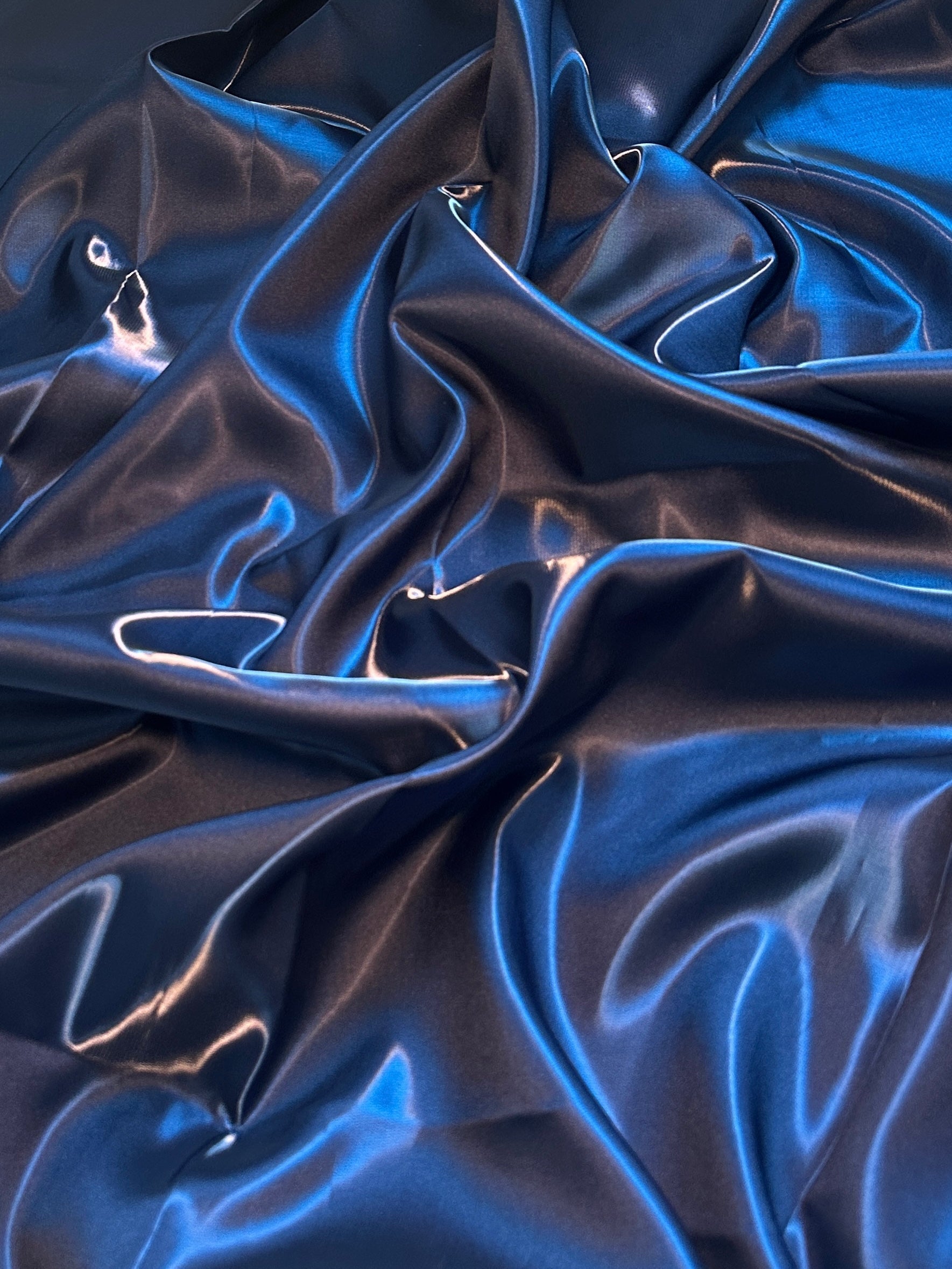
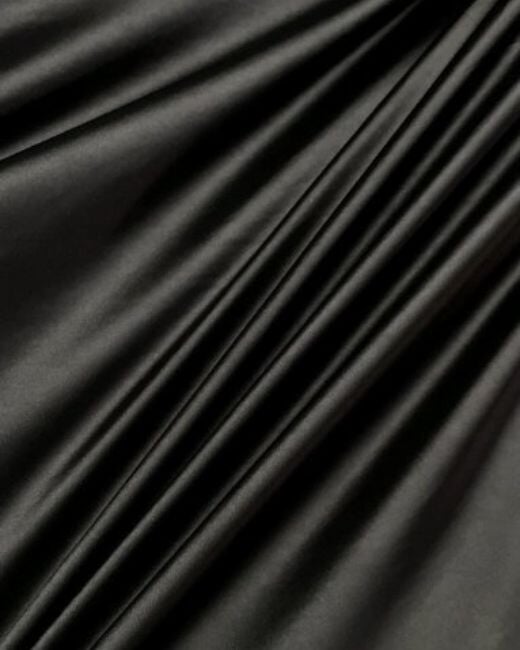
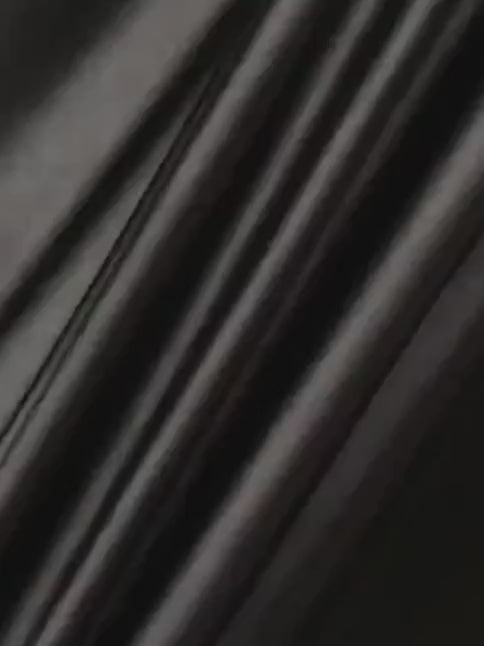
Leave a comment